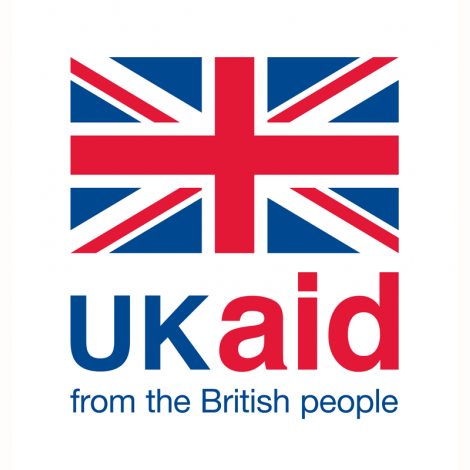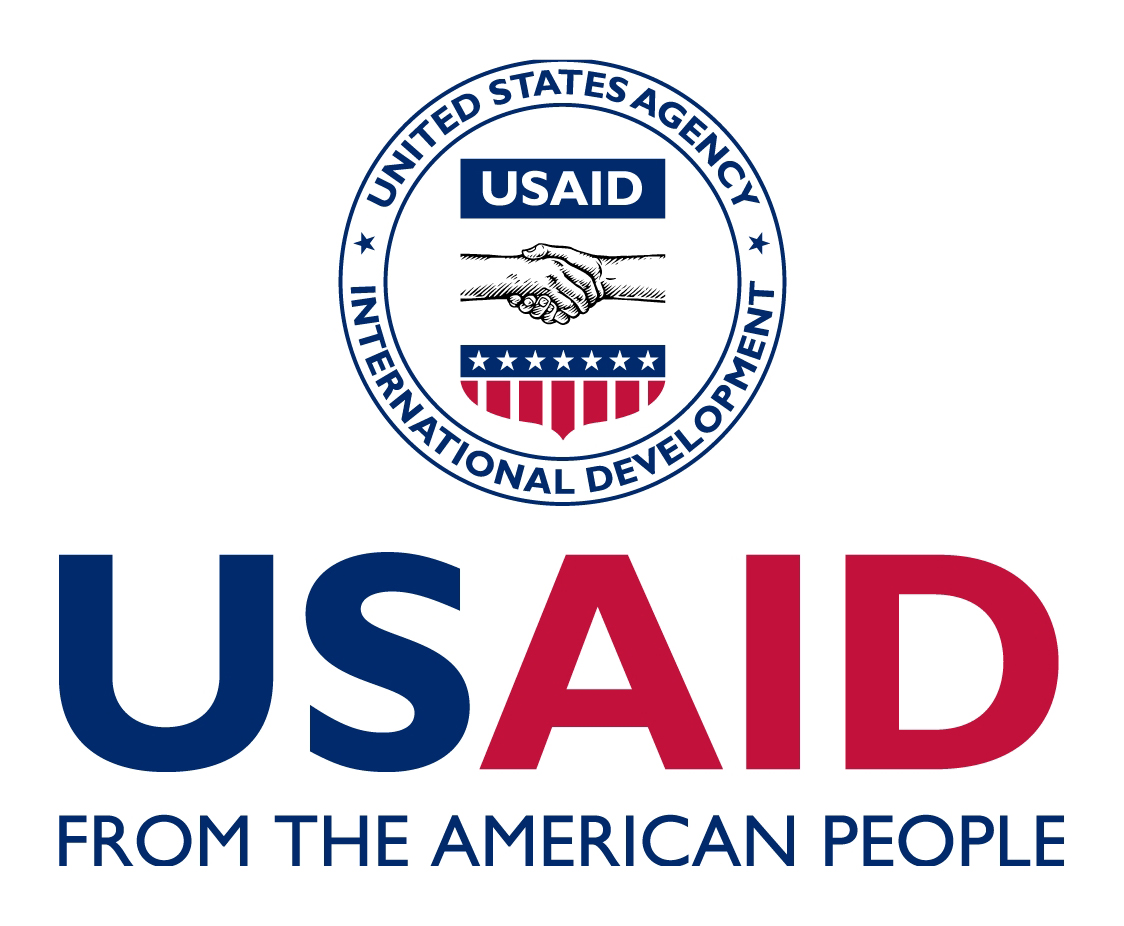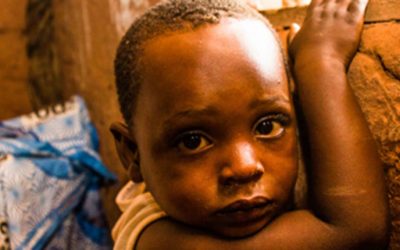malaria
Innovative approaches to protecting the vulnerable.Malaria in the DRC
Malaria remains a worldwide problem, particularly in sub-Saharan Africa where 90% of cases and 92% of deaths occur (WHO). Although the global number of cases has nearly halved since 2000, there were still 214 million cases and 438,000 deaths in 2015. In the same year, DRC saw an estimated 19 million cases and 42,000 deaths, contributing to nearly 10% of the world totals (World Malaria Report 2015). More than two-thirds of these deaths occurred in children less than five years of age.
Both health system and interpersonal factors influence the uptake of the project’s primary malaria prevention interventions. First, many areas lack access to nets and medication due to stock-outs, prohibitive distances between health facilities and villages, and general poverty. Within facilities, staff may lack access to effective diagnostics as well as to treatment supplies for those cases they do identify. Secondly, even where households have access, they may not seek out the interventions due to lack of knowledge, confusion, or myths. Data further demonstrates that households with LLINs may not use them regularly or as intended, perhaps re-directing them for fishing or other purposes.
21.6 million nets have been distributed through our routine and mass bed net distributions during assp, ASSR, and Global Fund projects.
65,000 community health workers trained for data collection using odk software on android smart phones.
Our Approach to eliminating malaria in the drc
IMA works to reduce morbidity and mortality via two primary malaria prevention interventions:
- Provision of long-lasting insecticidal nets (LLINs) via hang-ups and its Routine Distribution program in health centers; and
- Intermittent preventative treatment in pregnancy (IPTp).
IMA also strives to reinforce the technical capacities and managerial skills of health zone management teams to improve malaria performance.
Hang Up and Track
IMA devised a Hang-up and Track (HUT) campaign in which community health workers (CHWs) not only distributed the LLINs, but they also installed and hung them up in each household and recorded household registration data using smart phones to ensure accountability and accuracy.
The LLIN distribution campaign is one cornerstone of DRC’s national strategy to decrease the burden of malaria through prevention by ensuring that all households in the DRC receive and use LLINs. In order to increase accountability and household utilization, the strategy devised was to “hang-up and track.” The strategy is two-fold: First, instead of distributing LLINs to beneficiaries, LLINs were hung up and installed in the beneficiaries’ households. Second, smart phones were used to track distribution data for each household that received LLINs. Open Data Kit (ODK) software was installed on each smart phone with a form specifically designed for the hang-up. The ODK form collected distribution data on the number of sleeping places and the amount of LLINs given and installed. But to increase further accountability, the form also asks for the global positioning system (GPS) coordinates, signature of consenting household, and a picture of the LLINs installed.
Malaria Prevention as part of health systems strengthening
IMA carries out these interventions via multiple projects. From 2013 to 2019 its Access to Primary Health Care project, known locally as ASSP, distributed and hung up more than two million nets in 456,000 households in five provinces. Another one million pregnant women and children under one received nets through its routine distribution program in health centers. The project also treat 1.6 million pregnant women with at least two doses of IPTp, reaching a coverage of 88 percent in project health areas.
The works continued with its follow on project, ASSR. By March of 2022, the end of the project, another 873,402 pregnant women have received at least two doses of IPTp and 217,756 pregnant women and children under one year of age have received LLINs from local health centers.
Global Fund’s Mass Bed Net Distribution
The Global Fund’s Hang Up mass bed net distribution has installed 18.7 million LLIN in households across five provinces of DRC.
Key Achievements
intermittent preventative therapy
2.5 million women have received two doses of IPTp for malaria during pregnancy in all assisted health zones during ASSP (1.6 million) and ASSR (873,402).
ASSP achieved success in helping pregnant women access IPTp, an average of 88% of pregnant women took two or more doses of IPT through project-supported health facilities throughout the project, preventing thousands of malaria cases.
Routine Bed Net distributions
1,189,163 pregnant women, 60 percent, and children under one, 40 percent, received free nets from their local health centers as part of ASSP’s and ASSR’s routine distribution programs in all 52 assisted health zones.
MASS bed net distributions
21.6 million nets have been distributed and hung up through our Hang Up mass distribution campaigns across DRC via Global Fund and ASSP/R.
HUT Strategy
IMA’s mobile tracking initiative (HUT program) measured the LLIN coverage following the first mass LLIN distribution in a target health zone. The mobile technology initiative continues to expand, with 7,000 community volunteers now trained on using Android cell phones for data collection.
DHIS2
ASSP’s technical team created a malaria dashboard for the DHIS2 system that summarizes key indicators related to testing, treatment, and prevention. This will make it easier for health zone and other officials to collect, analyze, and respond to malaria data routinely and effectively.
Map of ASSP Routine and Mass (HUT) Distributions

read more about our work to promote the status of women in the drc
Publications

Malaria
ASSP Malaria Brochure – September 2019 (English version) (version française)
Hang Up and Track: Mass Distributions in Every Household – March 2017 (pdf)
HUT Strategy, USAID Compendium for Health – April 2016 (pdf)
Over 3,000 Bed Nets Successfully Distributed in Nyanga, DRC and More to Come!
The ASSP Project’s pilot bed net distribution in Kabola Health Area in Nyanga was successfully...
IMA DRC Revolutionizing Bed Net Distributions and Taking Accountability to Another Level
It is an exciting time at IMA DRC as we are coming to fully understand what is possible with our...
DRC Malaria Team Witnesses Firsthand the Devastating Effects of the Disease
The IMA DRC Malaria Team is having great success with their hang up in West Kasai. So far the team...

QUICK CONTACTS
Recent Posts
Quarter 1 Results
Number of pregnant women who received three doses of IPT while attending antenatal care: 58,495Number and percentage of 1-yr-old children vaccinated against measles: 78,123Number of Couple Years of Protection (CYPs) achieved through family planning service provision:...
Saved by my Son: A Tushinde Ujeuri Success Story
"The support from the Tushinde program has restored my will to live." Tushinde Ujeuri Project brings hope to one survivor of sexual and gender-based violence in DRC It was mid afternoon, and my 10 year-old son and I were walking home from working in the fields. When...
Combatting Malnutrition in DRC: A Nutrition Success Story
Community relays in Ndesha, Kasai Central are successfully combatting malnutrition in the DRC thanks to ASSP's nutrition training. Combatting Malnutrition One Maman at a TimeMado Betu was a young child of two years and four months but was frail and unable to walk when...





